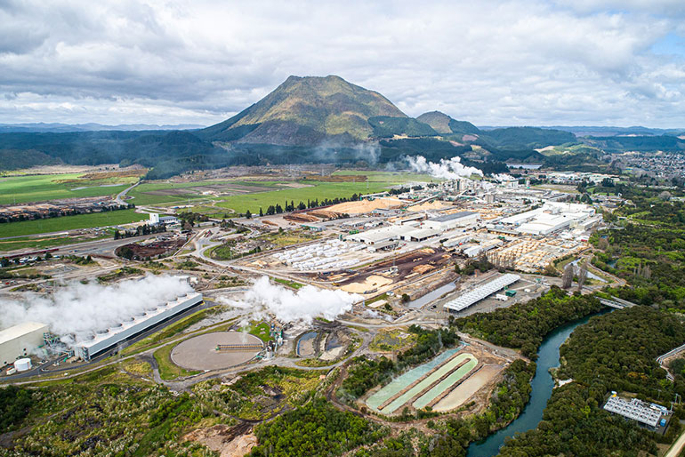The Energy Efficiency & Conservation Authority - EECA - has released its Bay of Plenty Regional Energy Transition Accelerator report.
The culmination of phase one of the RETA programme, the report was developed by EECA with support from a number of organisations, including Bay of Connections.
The report outlines how the Bay of Plenty RETA aims to eliminate as many process heat emissions as possible by supporting regional energy users and suppliers to:
- Reduce heat demand by optimising their processes
- Improve thermal efficiency (this could include installing highly efficient heat pumps for hot water demand, or using heat recovery from refrigeration)
- Move away from fossil-based fuels to a low-emissions source such as biomass, geothermal and/or electricity.
The report dives into 67 emission reduction projects across 28 different sites. Collectively, these sites consume 14,741TJ of process heat energy, primarily from fossil gas, and currently produce 281kt per year of CO2e emissions.
The RETA report explores a range of potential options for sites to reduce energy consumption and emissions. It also investigates the regional availability of biomass, electricity and geothermal as alternatives to replace natural gas, coal and diesel.
Biomass
The report found that biomass in the Bay of Plenty region – from roadside harvesting and processing residues, and excluding already committed biomass – is more than sufficient to meet demand from regional Bay of Plenty process heat users and that an inter-regional trade in biomass already appears to be happening.
Electricity
The Bay of Plenty region has three electricity distribution businesses, which maintain the assets that connect to the national grid and work with Transpower to ensure the national grid can cope with increased demand.
Regional suppliers are already planning and investing in network infrastructure to build resilience and meet demand due to increasing numbers of consumers considering the electrification of transport and process heat.
For many of the sites where electricity is identified as a fuel switch option, only moderate system changes would be required for decarbonising existing operations, and could be undertaken for between $300k and $1million and within a 12-month period.
Seven of the sites would require major infrastructure and systems investment with significantly higher costs and longer lead times.
Geothermal
The Bay of Plenty RETA is the first to consider geothermal energy as a potential alternative fuel source.
The region is rich in geothermal resources, with numerous operations already utilising either direct steam (Kawerau) or indirect or low-temperature geothermal in Rotorua, Tauranga and Whakatane.
The availability and ability to use the resource are dependent on the classification of the geothermal system, which dictates the level of development permitted in a particular field.
Pending more feasibility studies, it is anticipated that geothermal has the potential to play a big role in decarbonising operations and businesses are encouraged to explore geothermal options.
The Bay of Plenty RETA report provides a number of recommendations for operations wanting to progress their decarbonisation pathways.
The report is publicly available on the EECA website. Contact EECA here: [email protected]



1 comment
The Master
Posted on 20-05-2024 16:23 | By Ian Stevenson
Hmmm how interesting...
I have always been of the view that warmer is better than colder. The science, facts, evidence, observations from over the last 4.6 billions years would tend to very much agree with that....
Then of course we have the issue that all this electric anything and all requires "electricity", yet there are no new hydro, nuke plants or whatever to provide the massive amount/s required. Solar/wind all fail to complete achieve anything of use... they are sporadic, low volume and minor in the real game here.
As yet there are no "meaningful, economic and or realistic answers to anything as yet.
Leave a Comment
You must be logged in to make a comment.